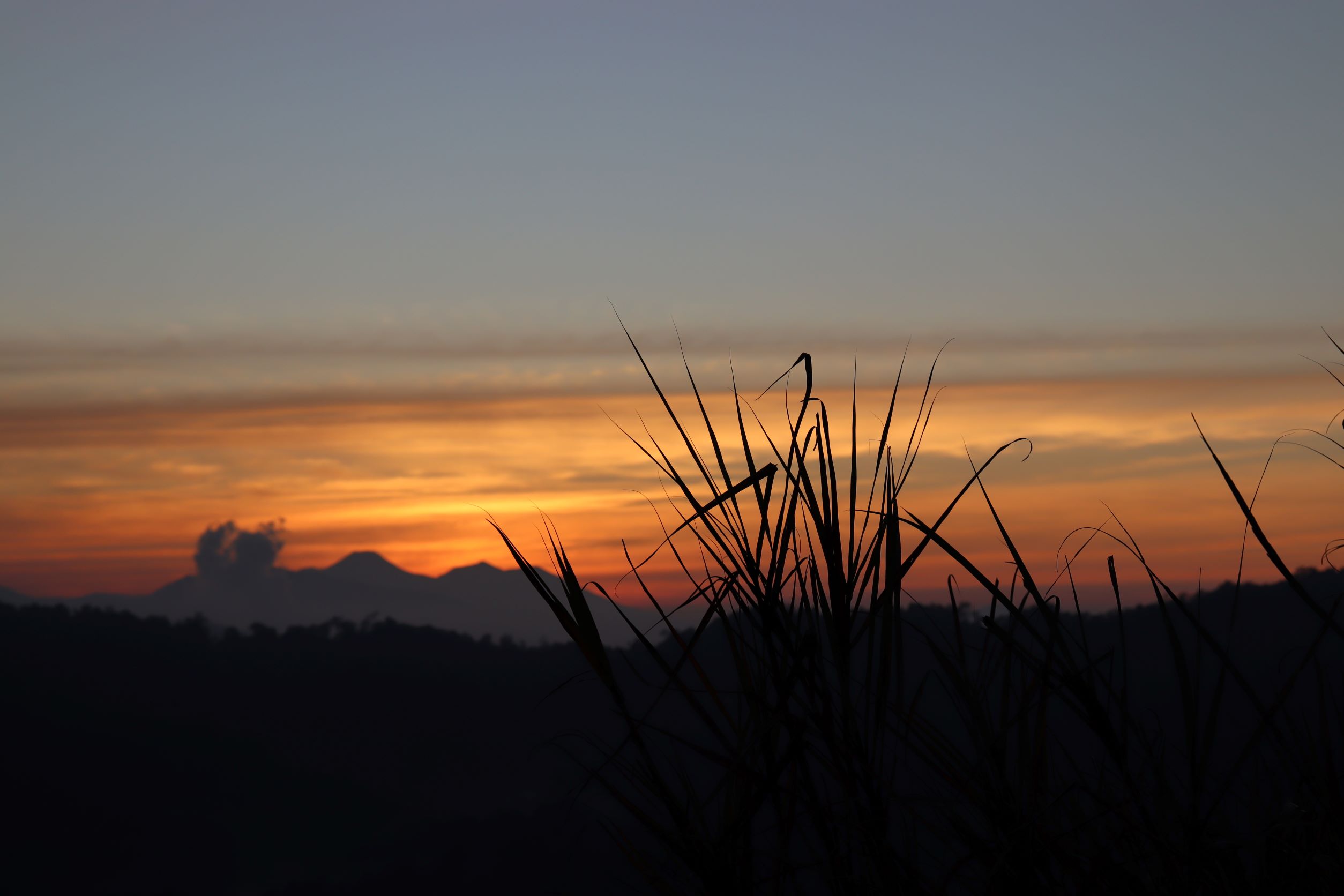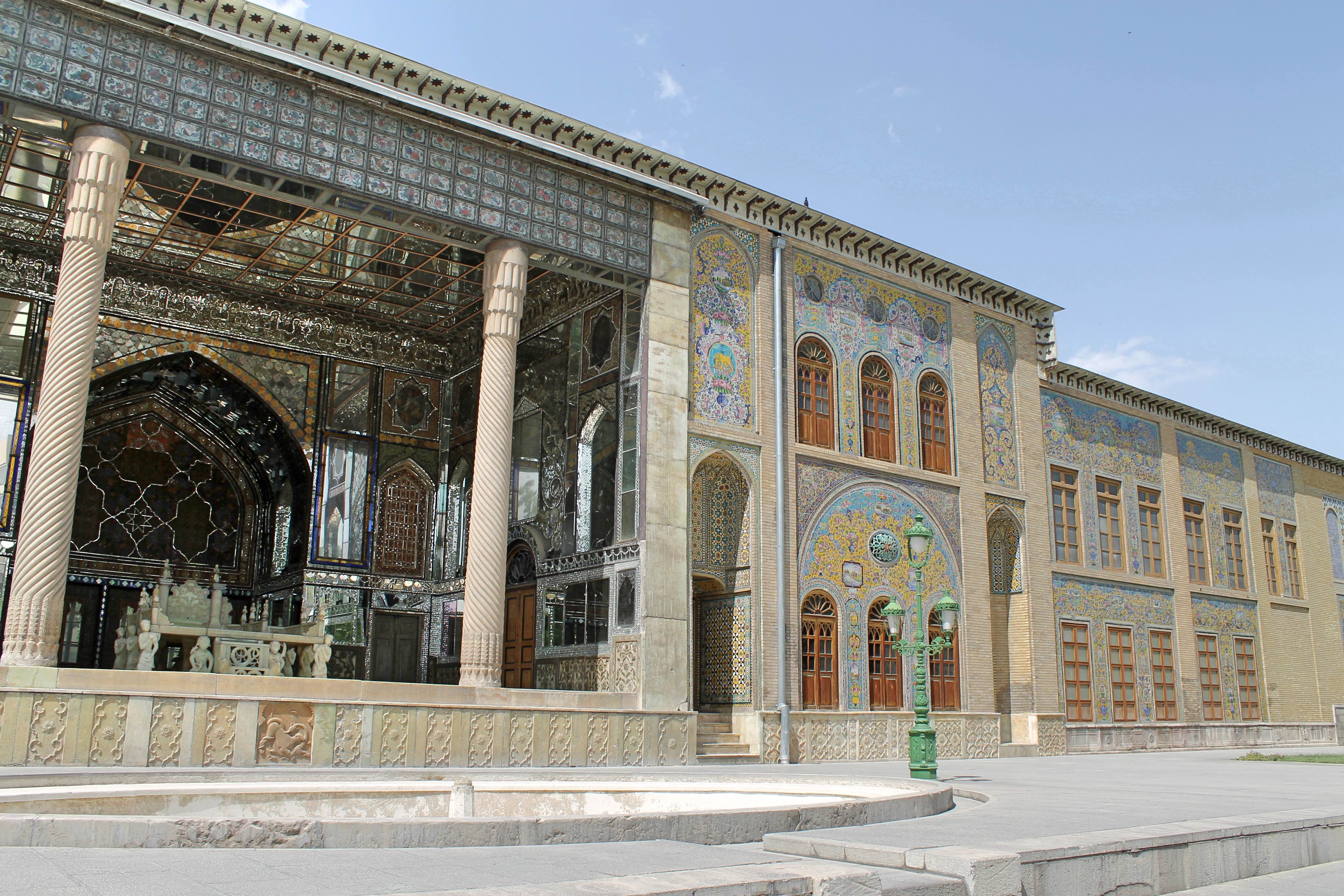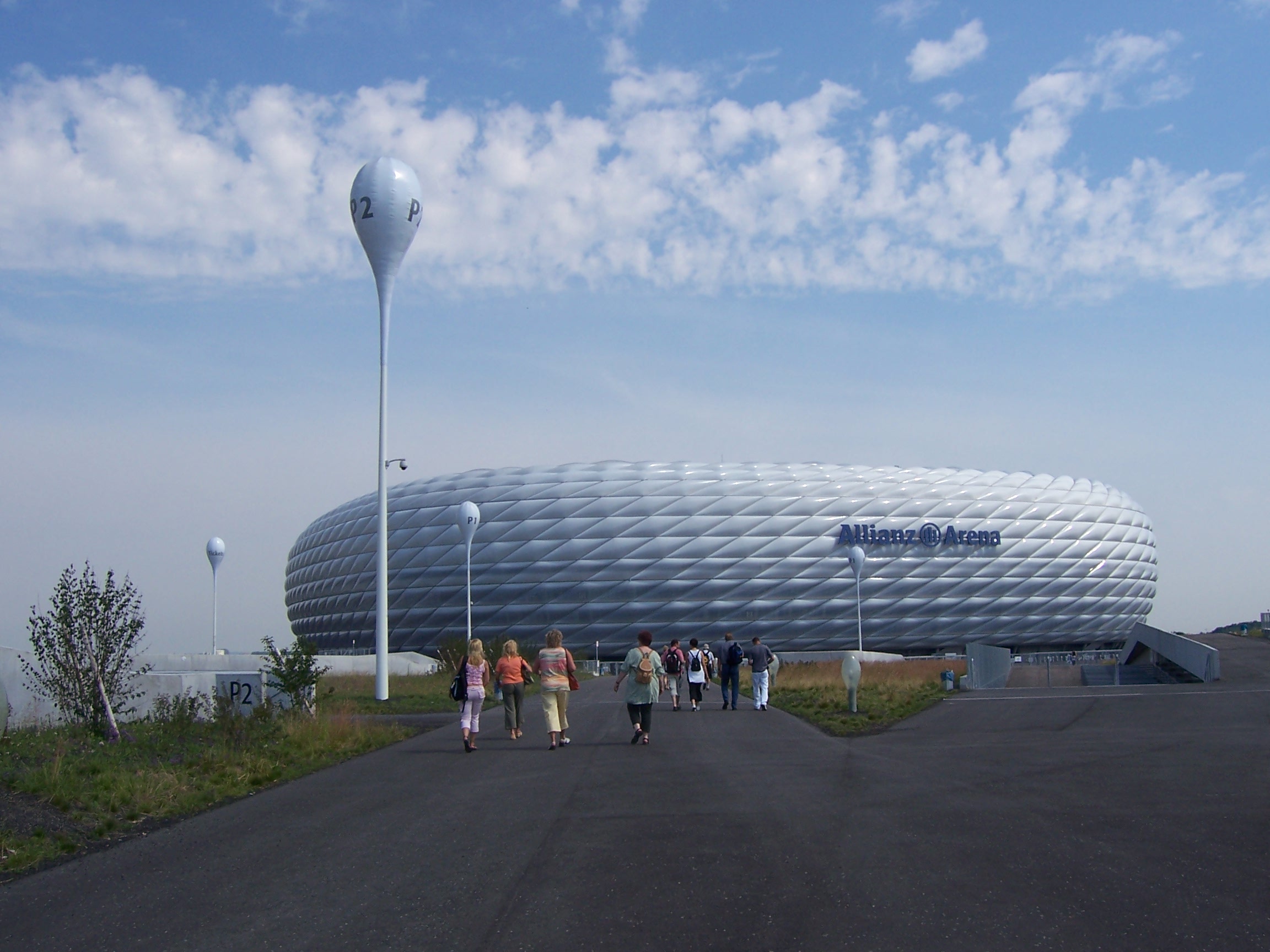Halimun-Salak National Park earns its name from the two prominent mountains in West Java, Mt. Halimun and Mt. Salak. They stand in the mountain cluster in the National Park and have a top elevation of 1,929 meters. Covering an area of 113,357 hectares the Park largely consists of the highlands in West Java Province and some plots of Banten Province.

Geographically located in the southern part of Java Island, the Park spreads over the largest rainforest in West Java and has diverse species of flora and fauna with highlighted species like the protected primate Hylobates moloch (owa Jawa), tiger Panthera mardus melas (macan tutul) and the hawk Nisaetus bartelsi (elang Jawa). The Park is also rich with waterfalls.
Before 1992, the Park was a nature reserve, in 2003 its area expanded and included both the protected forest and production forest. Having the current size, in that year, Halimun National Park was renamed Halimun Salak National Park.
The Journey
In my experience, the ride to the heart of the national parks in Indonesia is typically exhausting. This is what I learned after visiting two national parks in Banyuwangi District, East Java–Alas Purwo and Baluran. And my recent trip to Halimun-Salak National Park revealed it too.
Our final destination was Citalahab Kampong, where we would spend the night at a homestay. It is an isolated, small kampong that directly borders the forest. From the moment we entered the Park‘s entrance gate, I noticed that ninety percent of the whole road to get to our place was crushed rock roads.
Therefore, taking the right car– a jeep– with a skilled driver is a prerequisite to make a journey to Halimun-Salak National Park. The driver should also be familiar with the route because there are narrow, steep, bending roads on the cliff where an untrained driver will find it difficult to maneuver. Selecting the timing of the journey is also important as in the rainy season the roads can be muddy and slippery.
On the trip, I was accompanied by Setyo, my friend in the Spanish course, so I could share with him the cost of the private tour.
Kampung Urug
We left Depok, the city where I live, at seven in the morning. Driving via Jakarta-Bogor toll highway, the distance to the destination is about 100 kilometers. Exiting the toll highway, we rode from Bogor to Leuwiliang. Leaving early, we escaped the bumper-to-bumper traffic in Bogor. After passing Leuwiliang, to my surprise, many segments of the road were really bad. The bumpy roads shook us often.
Our first stop was Kampung Urug, one of the indigenous villages (Kampung Adat) in Bogor District. Administratively located at Sukajaya Sub-district, Kampung Urug is about 48 kilometers from Bogor City.
The spokesperson of Kampung Urug, Pak Ade, already waited for us on the side of the road. He would guide us on his motorcycle to Rumah Gedong, the headquarters of Kampung Urug. The other road to Rumah Gedong was damaged so Pak Ade led us to a road that Erik, who had visited the kampung before, was not well-acquainted with.
The first segment of the road is sandwiched by palm oil plantations. I must say that only a professional driver can steer the car along such a squeezed road that can accommodate one car only. Then we rode through the road with bushes and trees on both sides. It was an up and down bending road. In the distance we heard the roar of the river that we could barely see from the car window. For a long time, Cidurian River has been the water source for the green terraced rice fields on the left and right sides of the roads. The natural sight soon shifted to the view of dense residential areas. The stoned and traditional houses in clusters were built close to one another and despite being situated in kampong, the houses lacked yards.
Rumah Gedong
When we saw a distinguished stilted house, which stands out from other surrounding houses, we knew that we had arrived in Rumah Gedong. Being the only representative, traditional house of Kampung Urug, it houses the community chief.

Our car was parked in the backyard, where a large sign board stands with an announcement that Kampung Adat Urug has been declared a cultural reserve since 2010. Then we entered the house through the kitchen door, where some women were busy preparing the food. Pak Ade led us to bale musyawarah, one of the five rooms in Rumah Gedong that now functions to welcome guests.

A big mat of pandanus woven sheet or tikar was spread out on the wooden floor. Smiling, the kampong chief who is popularly known as Abah Ukat asked us to sit down. We made a half circle facing him. He had a special seat which signified that he is the community chief. Lighting the cigarette was an ice breaker for the gentlemen, then Erik started to introduce us. While we were talking, an elder man in black safari gear with a black hat on his head joined us. He was the man who was in charge of internal affairs of the community. I felt honored to be welcomed by the key persons of the community.

Abah Ukat began to talk about kampong, which has been under his care and leadership since early 2000. There are three kampong bearing Urug names in the area such as Kampung Urug Atas, Kampung Urug Tengah and Kampung Urug Bawah. The latter is the definite cultural reserve Kampung Adat Urug.
We were in Rumah Gedong, one of the three types of wooden traditional houses. Rumah Gedong is the Gedong Gede (big house) type.The other type, Gedong paniisan, is a one-room smaller house that is higher than Gedong Gede. Gedong paniisan is used for the community chief to seclude. The third one is Gedong Alit, a small house that encloses the grave of the ancestor of Kampong Urug. In a traditional ceremony like seren taun, the local community come to visit the grave in Gedong Alit.

I was curious about the story of Rumah Gedong. Abah Ukat said that the 30-meter long and 12-meter wide house was renovated in 2010 using the provincial budget and leaving the original architecture intact. It has seven doors reflecting the number of days in a week and nine windows that reflect the number of wali who were the early propagators of Islam in Java.
The house comprises of five rooms with distinctive functions. Tepas is the outer room of the house. It’s an open room like a gazebo for hanging out or just relaxing. The door in tepas leads to bale istirahat. This suite is also used for the guests as a sleeping hall since there is no accommodation yet for those who come to study or observe Kampung Urug. The third room is the living room or ancol. There is no door or separation between bale istirahat and living room.

In the middle of the living room, a round wood table surrounded by some antique chairs stands. On top of the table, there are ceramic plates, two small brass containers, a brass water pot, and a small angklung–a traditional music instrument made of bamboo. Placards from various organizations that have visited Rumah Gedong fully cover the table top in the corner. The wood wall is also decorated with glass-framed certificates from universities or organizations and pictures of visitors who have come to Kampung Urug to study.

The living room is no longer used to welcome the guests. “This is now the quarters where we celebrate our ceremonies,” Pak Ade explained about the unfurnished rectangular room. The fourth room is bale musyarawah where we were sitting. It is the central part of the house that has access to the family rooms and warehouse for the stockpiles. The last room is the pawon or the kitchen. “Visitors enter this house directly from the kitchen because it is where food is mostly found,” said Abah Ukat laughing.

In the large, simple kitchen, the cooking wares are entirely traditional, the big wok pans, rice cooker. All food is cooked with firewood. “We use only a gas stove to cook instant noodles,” said one of the women as I was eyeing a gas stove in the corner. The kitchen is set so it can accommodate several people. During big events like Maulud, Seren Taun, the kitchen becomes the busiest place in Rumah Gedong.

At lunch time, the host asked us to eat the dishes that the women had prepared. We all sat in a circle surrounding the traditional mouthwatering dishes presented in bowls and plates. We had sayur pakis (fern),) sambal (chilli pepper sauce), tempeh, ikan gabus (freshwater fish), ikan teri goreng (fried anchovy), and fried jengkol (dogfruit). The rice which was harvested from their paddy field was placed in a bamboo woven container that is layered with young banana leaf. Speaking of jengkol, it is also called stinky bean because it can generate stinky mouth breath and urine. The sambal that was made of green chilli pepper was fantastic. It was my best lunch of the trip.

Covid-19 Pandemic
As a community leader, one of the roles of Abah Ukat is to preserve the tradition that has been passed on for generations. He is obliged to save his own culture and tradition. As such, they have five annual big ceremonies that include Ruwahan, Muharaman, Seren Taun, Muludan and Sedekah Bumi (Offering to Earth), some are influenced by Islam. All events are held in Rumah Gedong.
Despite having many outside visitors, the ceremonies are always well organized. The community has had a division of labor that has been traditionally assigned. The men are responsible for managerial and operational duties. Pak Ade, for example, as a spokesperson, oversees external relations and invitations. Under him, there are persons who execute the jobs in the field. Women are actively involved in the events. They are engaged in preparing food. Women in every household donate food for the ceremony. So anyone who comes to attend the ceremony will definitely get the food. Abah Ukat’s role is more supervisory and he is the lead of the whole events.
Seren taun is one of the most important events of the community. This is when they celebrate to express their gratitude for the paddy harvest. “We only plant local varieties of paddy and we only harvest once a year,” Abah Ukat spoke calmly with an articulate tone (note: the government has a three-time harvest program in one year).
The selection of a site to plant paddies follows the guidelines from the ancestors. As the leader, Abah Ukat will initiate planting the paddies. With the system that they have copied from their ancestors, they can sustain the need for rice for the community. The harvested unhusked paddy is stocked in leuit, a miniature bamboo house to keep the unhusked paddy. The paddy rice can still be consumed after many years. “Even with a three-year lockdown, we could sustain our need for the rice,” he said.
Kampung Adat Urug didn’t accept group visitors during the pandemic. “We follow the government recommendation,” Abah Ukat, who has been fully vaccinated, said. They used to have guests every day before the pandemic. ”My wish is to have a house that accommodates anyone who comes here for study or research,” he added.

When talking with Abah Ukat I could sense his leadership charisma, his love for his tradition and culture, and his community.
As the time was up, we needed to leave to continue our journey to Citalahab Kampong.


